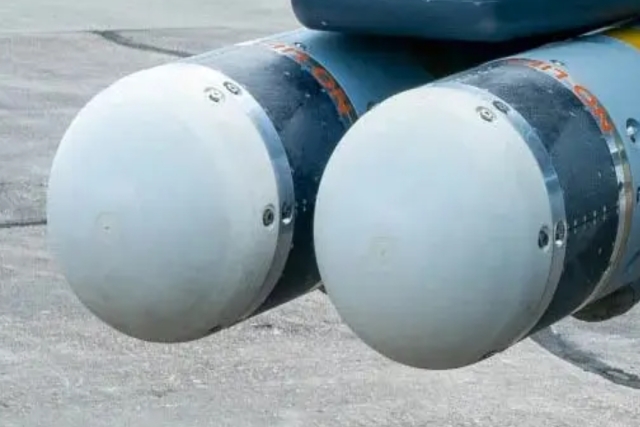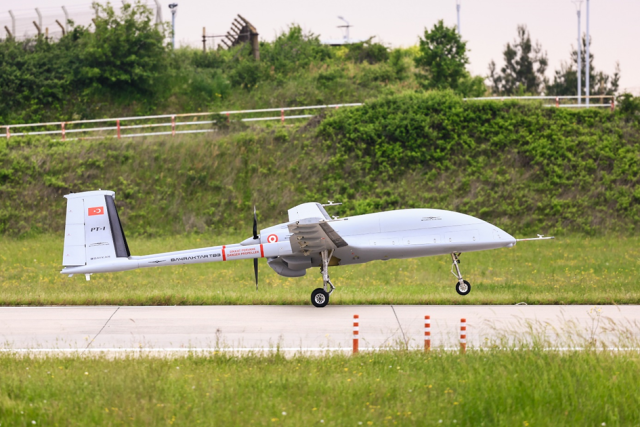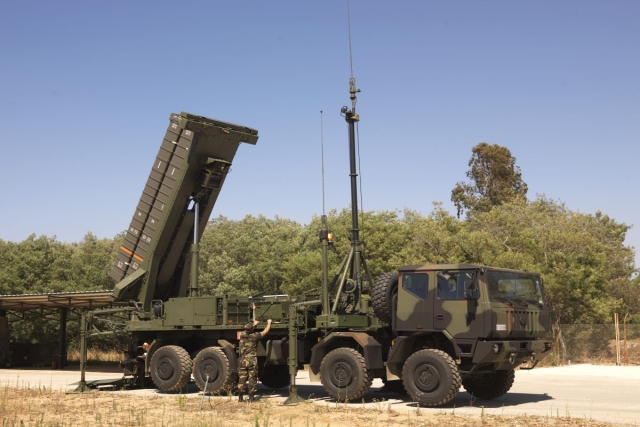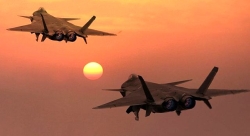Lockheed Martin Proposes Radar System For UK Royal Navy’s ASAC Programme
Lockheed Martin UK Integrated Systems (UKIS) has proposed radar/mission system for the UK Royal Navy's (RN's) Crowsnest airborne surveillance and control (ASaC) programme.
The proposed radar system offers a 'future-proofed' solution exploiting the capability of IAI Elta's EL/M-2052 active electronically scanned array (AESA) multimode radar, according to the report published on Tuesday.
Intended to replace the RN's current Sea King ASaC.7 (SKASaC) from 2018, the Crowsnest programme is based on the provision of a roll-on/roll-off mission fit for the 30 RN Merlin HM.2 anti-submarine warfare (ASW) helicopters currently being delivered under the Merlin Capability Sustainment Programme (MCSP).
Current planning assumptions call for the acquisition of 10 Crowsnest kits; a Main Gate investment decision is planned for April 2016.
The Lockheed Martin UKIS Crowsnest mission system team is bidding a solution that marries the HM.2 mission system introduced under the MCSP with two integrated sensor pods installed on weapon carriers port and starboard. Each pod hosts AESA radar arrays, an associated electronically scanned Identification Friend or Foe interrogator (IFFi), and an environmental control system.
The EL/M-2052 radar configuration advanced for Crowsnest incorporates dual fixed-face arrays in each sensor pod so as to confer full uninterrupted 360-degree radar coverage.
According to Younus Mustafa, capture manager for Lockheed Martin UK's Crowsnest mission system bid, the EL/M-2052 was selected for the maturity of the technology, while at the same time providing a solution that is future-proofed to enable growth and upgrades for next-generation threats.
"Compared to mechanically scanned radar, AESA technology means less track breaks [and] greater consistency and coherency in the radar picture", he added.
The sensor pod concept has been proved through a series of flight trials using a Boeing 737 testbed (using a dual array mounted in the nose), and subsequently a Merlin HM.2 helicopter (with dual arrays fitted port and starboard in pre-production standard pods). "The arrays flown on the 737 [January 2014] and Merlin [July to November 2014] were both populated with 320 TRMs [transmit/receive modules]," Mustafa said.
"As well as proving array integration, radar performance, and air vehicle impacts we were able to demonstrate the necessary cooling performance. That is a big issue for AESA arrays."
In January this year, a fully scaled (1,024 TRM) array was subject to power aperture measurement, thermal testing, and beamforming characterisation. According to Lockheed Martin, these trials provided objective evidence to support the company's radar and thermal performance.
Lockheed Martin has elected to re-use the Thales France combined IFF interrogator/transponder system currently in service on the SKASaC given that it is relatively new to service. However, it will introduce a new electronically scanned IFFi antenna, to be fitted above the dual radar arrays in each pod.










